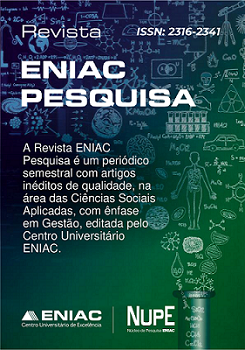Linear programming applied to urban mobility: analysis of the path from the residence to the school of university students
DOI:
https://doi.org/10.22567/rep.v8i2.581Keywords:
linear programming, urban mobility, operational research, passenger transportAbstract
The growing demographic increase has amplified the managerial need for passenger transportation in some Brazilian regions, in the case of the Southeast region, more precisely the metropolitan region of Greater São Paulo. Thus, the metropolises suffered from traffic problems, transporting passengers in crowded vehicles, generating direct reflexes in urban mobility. The present study had as objective to apply the linear programming for the analysis of the route of the residence to the school of university students, in the analysis of the origin and destinies. The methodology used was the descriptive research, through the data collection of travel and transport modalities of 50 students. A linear programming model was developed that considered three variables of decision, public transport, private car and transport by application. The results showed that the private car was the best choice, followed by transportation by application and public transportation.Downloads
Published
2019-07-30
How to Cite
Gomes, J., Mariz, E. C., Silva, A. M. da, & Kawamoto Júnior, L. T. (2019). Linear programming applied to urban mobility: analysis of the path from the residence to the school of university students. Revista Eniac Pesquisa, 8(2), 280–297. https://doi.org/10.22567/rep.v8i2.581
Issue
Section
Artigos
License
Copyright (c) 2019 Revista Eniac Pesquisa

This work is licensed under a Creative Commons Attribution 4.0 International License.








